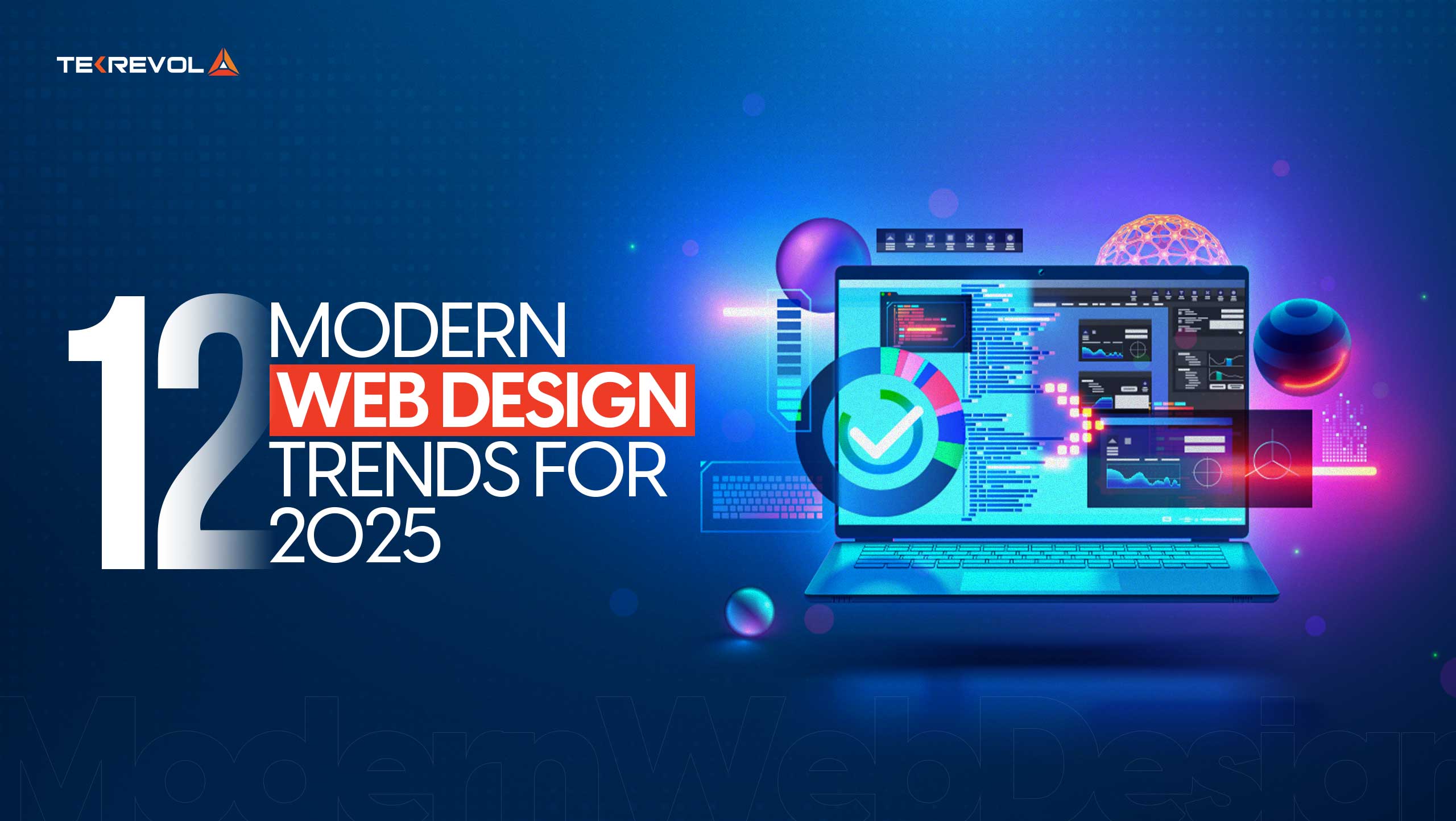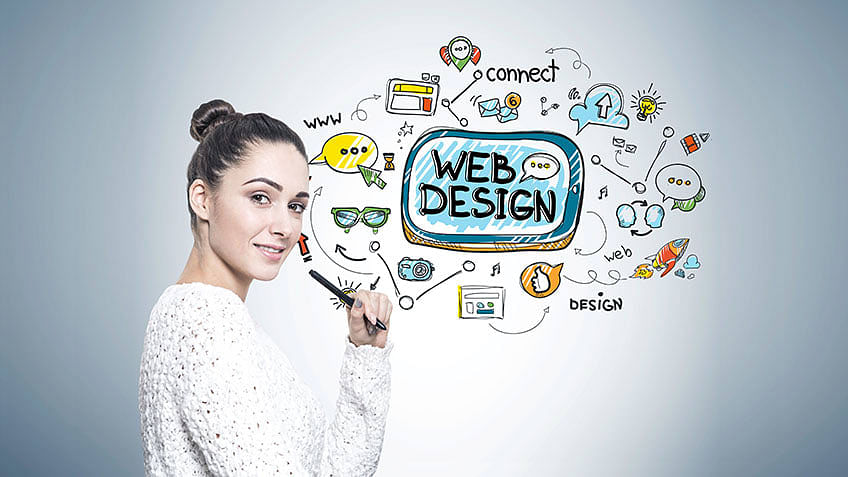Aligned Position Web Design: Professional Web Development to Maximize Your Online Impact
Aligned Position Web Design: Professional Web Development to Maximize Your Online Impact
Blog Article
The Most Effective Types of Web Layout to Improve User Experience and Interaction
In the ever-evolving landscape of digital communication, the effectiveness of Web layout substantially impacts customer experience and engagement. Different design strategies, such as minimalist, receptive, and interactive layouts, each deal distinct benefits that can satisfy varied individual needs. Comprehending which sorts of website design ideal serve these purposes can be pivotal for services intending to improve customer contentment and retention. The inquiry remains: which style aspects genuinely reverberate with customers and foster purposeful engagement? The exploration of these principles exposes essential understandings that might redefine your approach to Web design.
Minimalist Web Design
As digital landscapes become significantly chaotic, minimal website design has emerged as a powerful approach to enhancing customer experience. This layout approach focuses on simplicity, focusing on vital aspects while eliminating unnecessary distractions. By making use of enough white room, simple navigation, and a limited shade scheme, minimal style promotes clarity and directs customer interest to essential material.
The core principle of minimal website design is to create a smooth interaction for users. By reducing cognitive lots, individuals can promptly realize info without really feeling bewildered. This straight technique not only improves usability yet likewise motivates involvement, as site visitors are most likely to check out a website that is easy and visually attractive to browse.
Furthermore, minimal style frequently highlights typography and imagery, using these components tactically to convey messages successfully. In significance, minimalist Web style is not simply a pattern; it is a thoughtful methodology that identifies the importance of user-centered style.
Receptive Web Design
In today's varied electronic atmosphere, receptive Web design has become crucial for creating a seamless individual experience throughout a plethora of devices. As individuals accessibility websites on smartphones, laptops, desktops, and tablet computers, the ability of an internet site to adapt its format and material to various display sizes and resolutions is vital.
Responsive website design uses adaptable grids, photos, and CSS media inquiries to make sure that Web content is offered ideally, no matter of the device used. This approach not just improves the visual appeal of an internet site yet likewise substantially improves use. Individuals are most likely to involve with a site that provides a regular experience, as it gets rid of the irritation of having to zoom in or scroll exceedingly.
By adopting receptive design, businesses can boost their exposure and get to a more comprehensive target market. In summary, receptive Web style is a fundamental method that boosts user experience, interaction, and overall satisfaction.
Interactive Website Design
Receptive Web layout prepares for boosting customer experience, but interactive Web style takes this an action further by engaging users in an extra vibrant way - Aligned Position Web Design. By integrating aspects such as computer animations, clickable models, and real-time feedback, interactive Web design mesmerizes individuals, attracting them right into a richer surfing experience
This strategy not just fosters engagement however likewise motivates individuals to discover material proactively as opposed to passively consuming it. Techniques such as gamification, where individuals make incentives for finishing jobs, can significantly enhance the time spent on a site and enhance general contentment. In addition, interactive features can simplify complex information, making it much more digestible and pleasurable.

Integrating interactive design components see can likewise result in higher conversion prices, as customers are more probable to involve with a site that actively entails them. Aligned Position Web Design. Eventually, interactive Web design changes customer experiences right into memorable trips, guaranteeing that visitors return time and once again
Flat Style
Identified by its minimalistic strategy, level layout emphasizes simpleness and functionality, removing unnecessary elements and concentrating on vital functions. This style approach prioritizes functionality, guaranteeing that individuals can navigate interfaces easily and effectiveness. By employing a clean aesthetic, level layout removes the mess usually located in a lot more ornate designs, thereby boosting customer emphasis on material and functionality.
The hallmark of level style lies in its use of vibrant shades, basic typography, and geometric shapes. These elements add to an aesthetically attractive interface that is both approachable and modern. In addition, flat design cultivates a feeling of clarity, enabling individuals to discern essential activities and info without distraction.
In addition, level design is specifically efficient in responsive website design, as its simpleness translates well throughout different devices and display sizes. The lack of elaborate appearances and gradients minimizes filling times, which is vital for maintaining customer engagement. As electronic landscapes continue to develop, level design stays a relevant selection for creating straightforward sites that boost overall experience. By concentrating on vital attributes, flat style not just satisfies user requirements yet likewise urges seamless interaction, making it an essential component of efficient Web design methods.
Flexible Web Layout
Flexible website design customizes the user experience by producing several taken care of formats customized to various display sizes visit and devices. Unlike responsive design, which fluidly adjusts a single layout, adaptive style utilizes unique designs for certain breakpoints, ensuring ideal presentation on different platforms. This technique enables developers to concentrate on the special features of each tool, enhancing usability by delivering precisely what individuals need based on their context.
One of the main benefits of flexible website design is its ability to enhance tons times and efficiency. By offering customized web content and photos that fit the customer's tool, websites can reduce data use and enhance loading speeds. This is particularly helpful for customers with slower links or restricted data plans.

In addition, adaptive style facilitates a much more regulated and consistent branding experience. Because developers develop multiple designs, they can make certain that the visual aspects straighten with the brand's identity throughout various platforms - Aligned Position Web Design. This leads to a cohesive customer experience, boosting engagement and promoting customer retention
Conclusion
Minimal style cultivates quality and focus, while responsive design ensures flexibility throughout different gadgets, promoting accessibility. Collectively, these style comes close to add to the development of straightforward settings that not just boost fulfillment however additionally drive greater conversion prices, emphasizing their crucial significance in modern Web layout approaches.

Minimalist style promotes clearness and emphasis, while receptive style makes sure flexibility throughout numerous tools, advertising accessibility. Collectively, these design comes close to add to the production of straightforward settings that not just boost satisfaction but also drive greater conversion prices, emphasizing their essential relevance in modern Web style methods.
Report this page